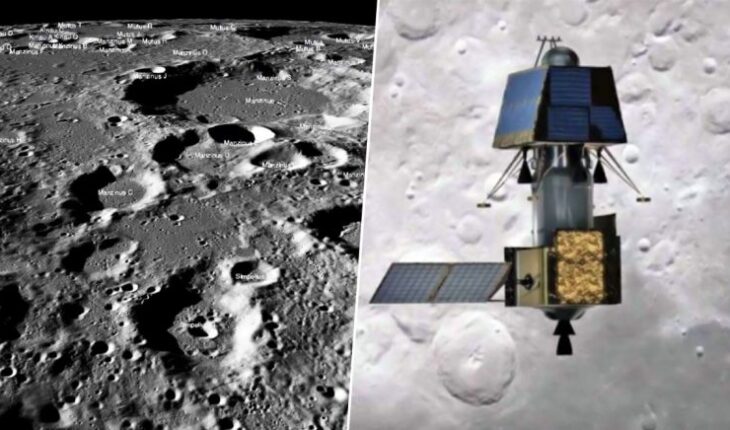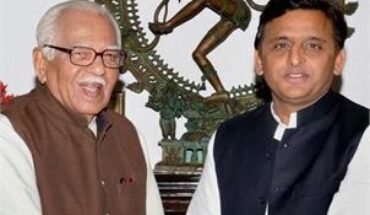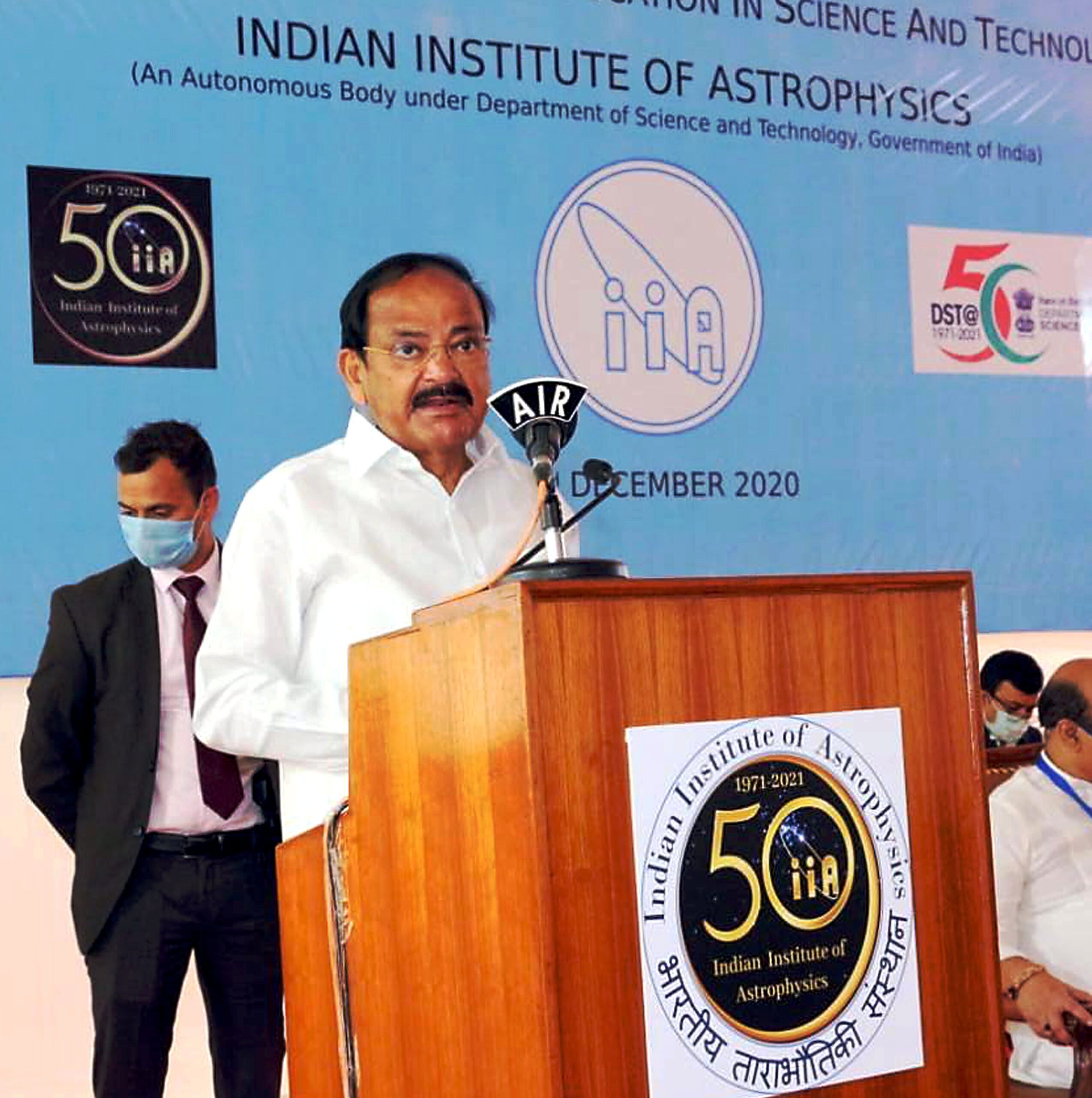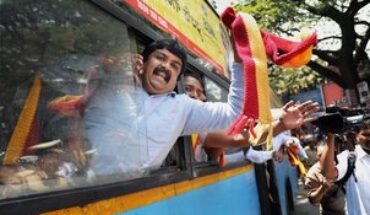Bengaluru : As Final countdown begins for successful moon landing of Chandrayaan-3, Vikram, the lander, with Pragyan (the rover) sitting inside it, successfully separated from the propulsion module 34 days after they were launched together, taking Indian another step closer to Moon landing.
According to ISRO,” Landing module is set to descent to slightly over orbit upon a de-boosing planned for Aug 19 at 4 pm. India now has three spacecraft—Chandrayaan-2 orbiter, Chandrayaan-3 propulsion module and landing module around Moon,”. The de-boost manoeuvres, beginning Friday, will eventually see V ikram reach an orbit where the Perliune (closest point to Moon) is expected to be 30km and Apolune (fatrthest point from Moon) around 100km.
Isro chairman S somanath confirmed to section of media that the mechanism employed for separation on Thursday was the same as Chandryaan-2 , That is, two halves of metal flat spring held the two modules. The springs were preloaded using two bolts. The bolts were sheared, releasing the lander.
After the integrated pace craft—propulsion module and landing module together was stabilised in the orbit ideal for separation, Isro would have loaded the sequence of commands for the separation, which would have been autonomously executed by the onboard systems. The cylindrical structure on top of the fuel tank, is where the lander with the rover inside it, was sitting. Both these modules were held together by clamps with two bolts.
The propulsion module whose primary job of carrying the lander and rover from the injection orbit to the lunar orbit from where separation was to be done, also carries the Spectro-polarimetry of Habitable Planetary Earth (SHAPE).
SHAPE will look at the Earth from the Moon to study the former’s habitable planet-like features and use the information to explore expoplanets in the future. While there was no immediate confirmation on whether Isro has made SHAPE operational as yet—scientific instruments need to be turned on through commands—the propulsion module, subsequent to lander separation, is designed to operate for a three-six months.
Though an exact orbit may not be achieved, but those margins would be accounted for in Isro’s planning. Once 30km X 100km orbit has been achieved, the process of reducing the velocity of the lander from 30km height to the final landing will begin, Vikram’s orientation would be changed from horizontal to vertical and the successful final descent would see it soft-land on Moon on August 23.
While a successful launch is only the first step towards a long journey for the spacecraft, Isro’s role in carrying it through has seen great appreciation, and it has become a symbol of national pride for many. That has been the case for long, such as in 2014, when the Mars Orbiter Mission (MOM) was inserted into the Martian orbit. The low cost of the mission was also highlighted as an achievement. Since its inception in 1969, the country’s space agency Isro has carried out altogether 89 launch missions carrying satellites into space.
Chandryaan-2 failed to achieve the desired soft landing on the moon surface in 2019, leaving the ISRO team dejected, Images of an emotional then ISRO chief K Sivan being consoled by Prime Minister Narendra Modi who was present to achieve the rare feat, remains vivid in the memory of many. Scientists at the Satish Dhawan Space Centre, after investing many hours of handwork, now aim at mastering the technology of soft-landing on the surface of the moon. A success would make India only the fourth country achieves the feat after the United States, China and the former Soviet Union.






